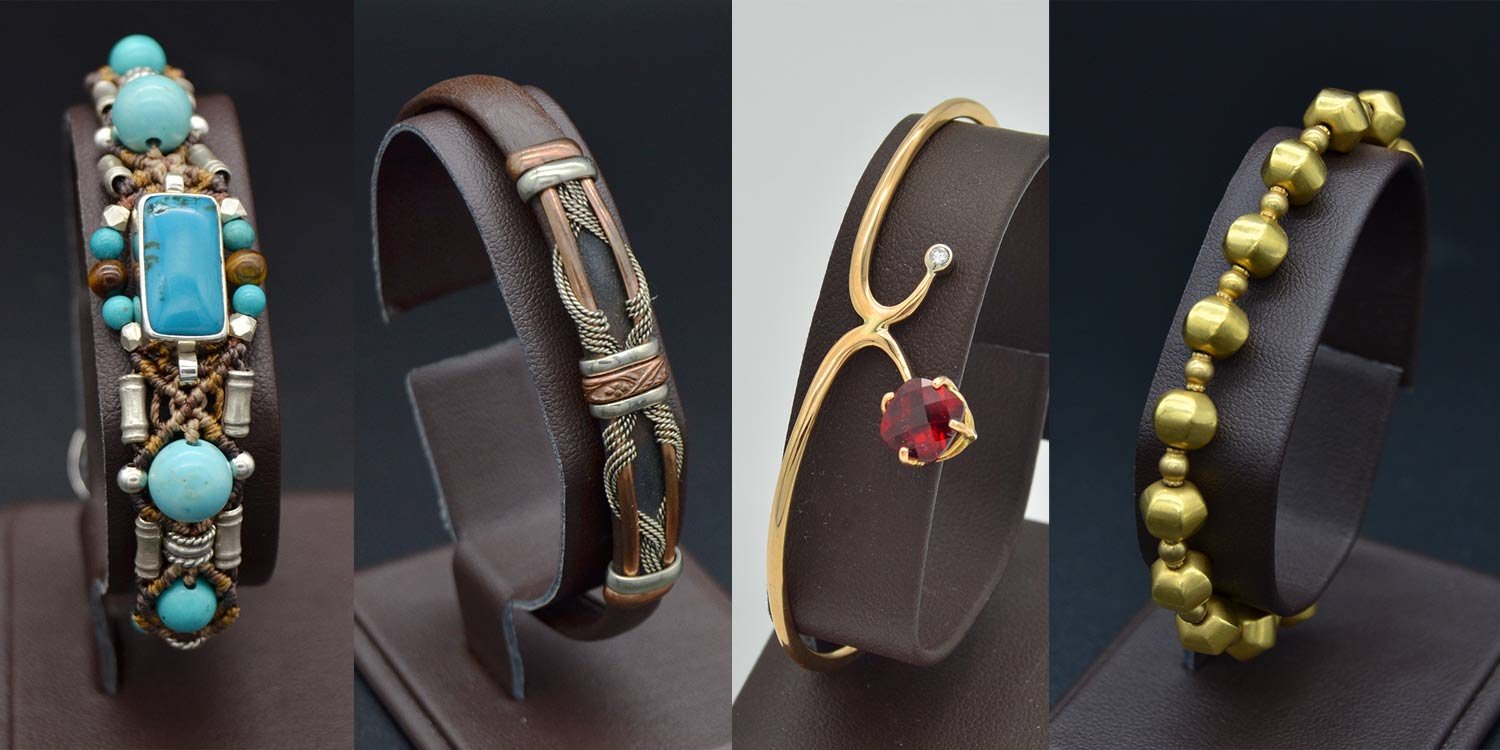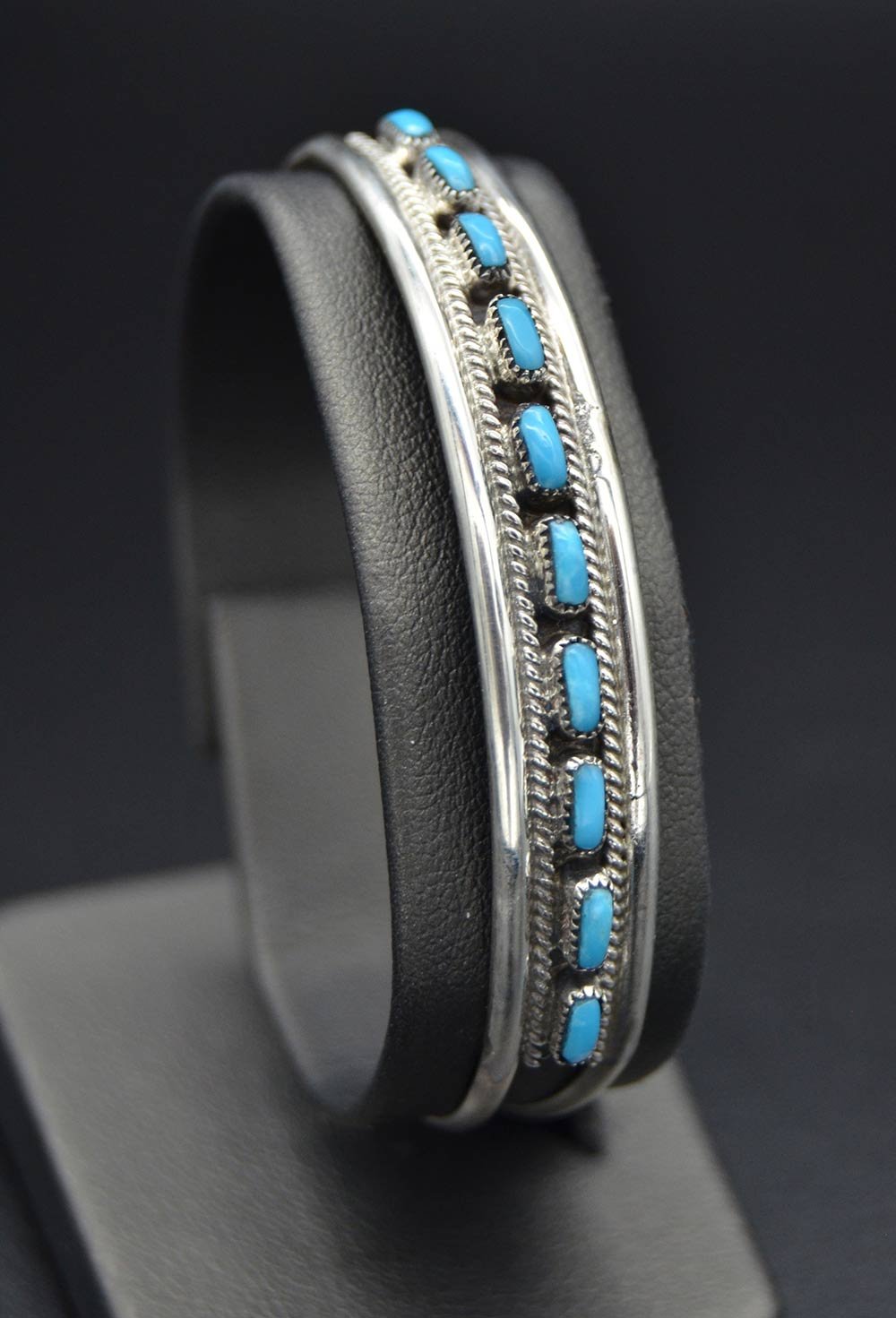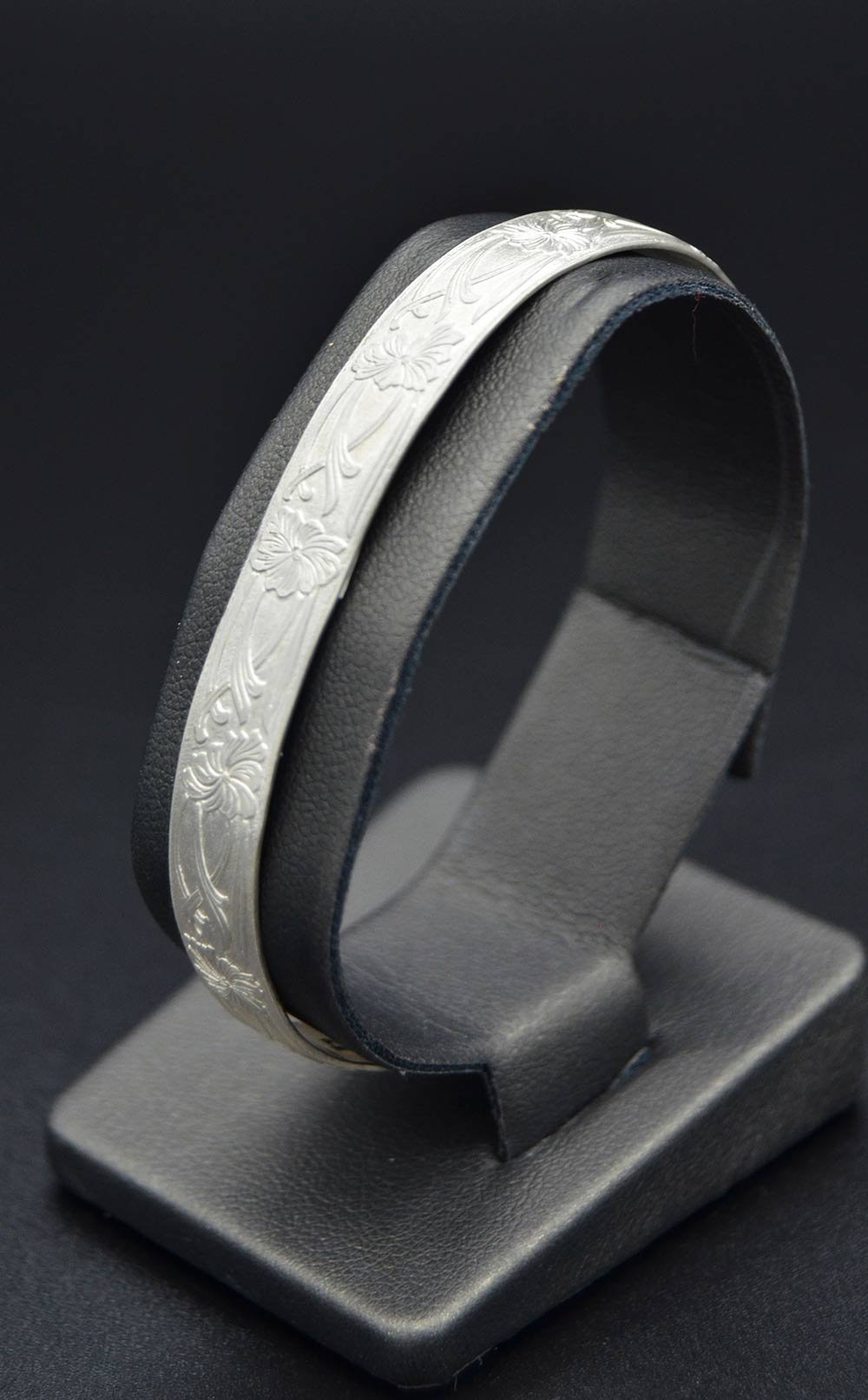The Symbolism of Bracelets
A bracelet is best known as a symbol of a relationship with someone. Friendship bracelets are very in trend, especially among teens, for it is said that it seals and secures their relationship and bond as friends.
We all know that a bracelet is a piece of ornament that are linked with fashion. It is used by both men and women to emphasize their own personal styles. But did you know that bracelets, just like many other pieces of jewelry, have various meanings and symbolism? Read on to get a deeper understanding of bracelets that we often use.
Beaded Bracelets - It is said that beaded bracelets give the wearer a certain luck and energy. It was also believed that the meaning of the bracelet and what it symbolizes depends on what color the beads are. An example is a lavender beaded bracelet, the color symbolizes creativity, and it also said to clear the wearer’s mind and frees him or her from stress.
Charm Bracelets - Charm bracelets are favored by many women. Because it gives this classy look to someone who uses it and easily matched with any outfit. Like beaded bracelets, it also has a deeper meaning, and these meanings depend on what is decorated on the bracelet. An example is a bracelet with an anchor hanging on it. This may symbolize the person’s character. The person is faithful, loyal, and grounded. Also they are reminders of special times, special places, or special people in their lives.
Friendship Bracelets - A bracelet is best known as a symbol of a relationship to someone. Friendship bracelets are very in trend, especially with teens, for it is said that it seals and secures their relationship and bond as friends. A friendship bracelet makes you feel special, and it symbolizes the infinite cycle of the special bond you have with your friend.
Gemstone Bracelets - Gemstones, both precious and semi-precious stones, are used in bracelets everywhere and gives a brilliant and aesthetic look that many people adore. People often pair the gemstone to purchase according to their birth month. There are a lot of beliefs that we learned and continue to practice from our ancestors regarding choosing the right gemstones. But yes, wearing your own birthstone would bring you luck and good fortune.
String Bracelets - Usually, a string bracelet has one or two strings that people wear whenever they make wishes. It is believed that you should make a wish and then wrap and knot it on your wrist while or after making your wish. And when the time comes that this knot or the string of the bracelet loosens and falls off, your wish is said to be granted.
The Religious, Cultural, and Historical Importance
Bracelets have throughout history held a great significance in both secular and religious circles.
Bracelets have been worn to guard against evil spirits or the harsh sun, outwardly representing marital status, as well as in hopes of encouraging winter to turn to spring sooner rather than later.
Bracelets have evolved to be a fashion accessory, and even these often hold special meaning for the wearer.
Charm bracelets are popular since they can be added to, with each charm representing a special time, special place, or special person in life. There are bracelets thought to help with healing and prosperity, and a darker part of the history of bracelets concerns those that were worn by slaves to indicate ownership. Bracelets have historically been a way for the upper class to display their wealth and place in society. Today many wear bracelets that are symbolic of group identity or to represent a cause for which they are passionate. This is a common reason for rubber bands, imprinted with words or symbols, to be worn on the wrist. Jade bracelets are a common accessory in China and are often given as a gift from parents to children to remind them of their protection and love. Around the world, friendship bracelets are a common way for friends to bond. Two friends may exchange matching or similar bracelets made of string and tie these bracelets to each other's wrists symbolizing their bond.
Bracelets have been worn by cultures all over the world since ancient times.
Bracelets and other forms of jewelry were considered especially important in warm geographic regions, such as India and Africa, where few items of clothing were worn. Although both genders historically have worn bracelets, they seem more typically associated with women, especially in contemporary times.
Cultural variations may be seen in the wearing of bracelets, for example, in the number of bracelets worn. In the United States, wearing one bracelet is common; however many Eastern cultures favor wearing several bracelets on one wrist.
Some cultures in India wear anklets and armlets, as well as bracelets, while this is not as common in Western nations. Married women in India, wear conch and glass bangles for life. They are broken only if the woman becomes a widow. In some parts of India, the number and type of bangles worn by a woman denote her marital status.
Westerners often view bracelets as transitory, removing them at the end of the day.
In Bulgaria, there is a tradition called “martenitsa”, which sometimes involves tying a red and white string around the wrist to please Baba Marta in order for spring to come sooner.
In Greece, a similar tradition, weaving a bracelet from a red and white string on the first day of March and wearing it till the end of summer, is called "Martis" and is considered to help protect the wearer's skin from the strong Greek sun.
In Latin America, Azabache Bracelets are worn to protect against the Mal de ojo, or evil eye. The evil eye is believed to result of excessive admiration or envious looks by others. Having newborn babies wear an azabache (a gold bracelet or necklace with a black or red coral charm in the form of a fist), is believed to protect them from the evil eye.
Very intricate meanings can be found on a remote island.
While many cultural examples of bracelets abound, an intricacy of meanings behind bracelets are found among the people of Timor, a remote island in Indonesia. In Timor, bracelets are natural, stylized, or abstract. Using the lost-wax process, which requires a new mold for each bracelet, ensures a one-of-a-kind result. Timorese bracelets, as family heirlooms or household treasures, may indicate a marriage alliance, social status, and serve as protective amulets or as important artifacts for ritual dances and other ceremonies. In premodern times, bracelets also were badges awarded for the taking of heads. The Timorese have special bracelets for fertility, life cycle and life crisis ceremonies, and other important cultural rituals. Timorese men wear the most spectacular bracelets; the women's are similar in style, but smaller in size. Many bracelets display a traditional symbol indicating one's relationship to a specific Timorese house or family, called an uma.
Need some personal assistance?
We are available over the phone or by email! Or if you are in the Glenwood Springs area, stop into the store.








